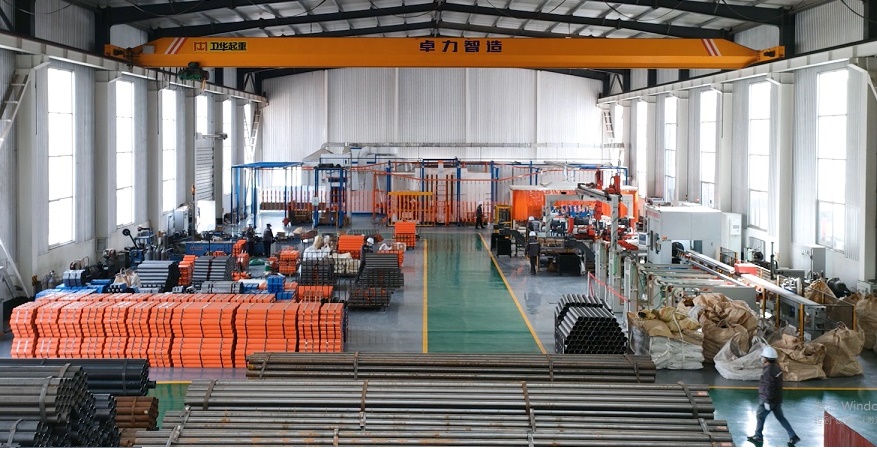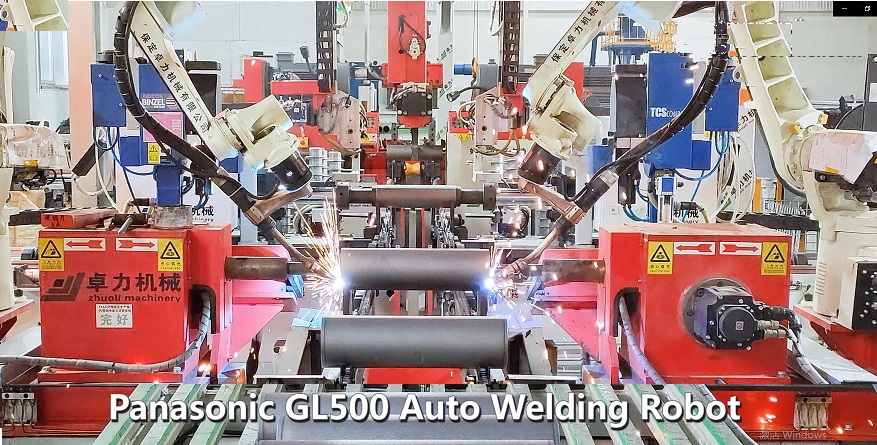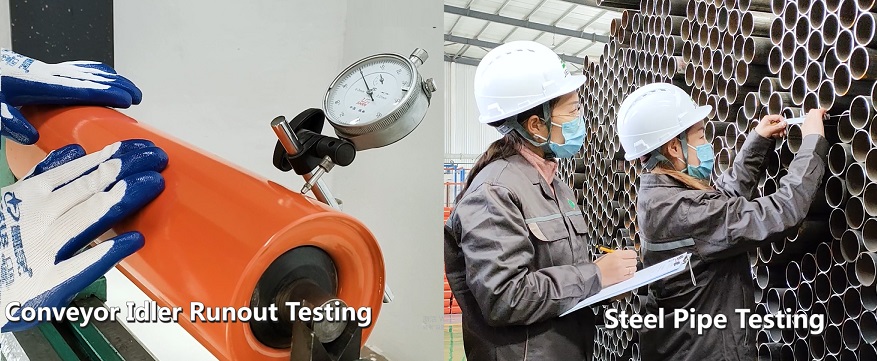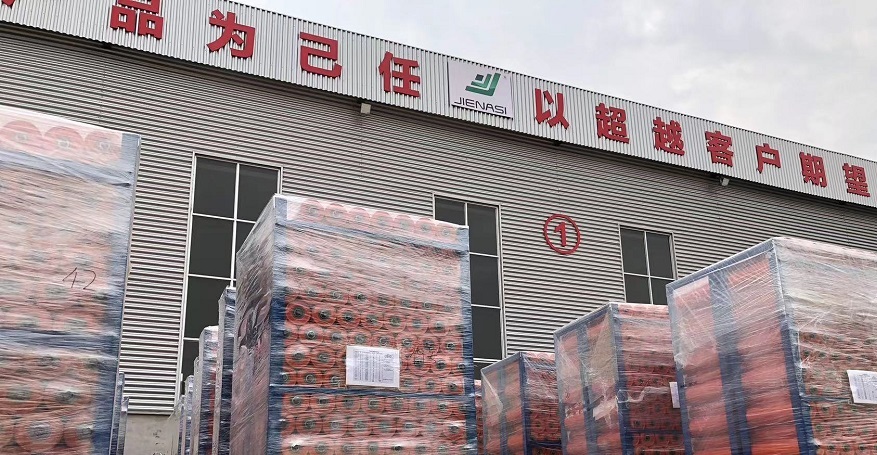In modern industry, conveyor belts play a vital role as essential tools for material transportation and core components of production processes. However, in the midst of challenging work environments, ensuring the safe operation of conveyor belts has become an utmost priority. To mitigate potential issues and damages to the greatest extent possible, it is crucial to bear in mind key points that ensure efficient and stable conveyor belt operation while also extending its lifespan.
Preventing Loaded Startup: It is imperative to avoid initiating the conveyor belt while it is carrying a load. Doing so can lead to motor burnout and other serious consequences.
Addressing Belt Deviation: Timely measures must be taken to correct any occurrences of belt deviation. Failing to do so can result in material spillage onto conveyor idlers and drums, causing reduced lifespan and potential contact between the belt and its support structures, which can lead to belt damage.
Proper Belt Compatibility: Different types and layer specifications of conveyor belts should not be connected together. Utilizing vulcanization for joints is recommended.
Optimal Impact idler: The diameter, wall thickness, and spacing of impact idler should be selected based on the actual conditions of material discharge points. This practice effectively safeguards the conveyor belt from excessive impacts.
Appropriate Operating Speeds: Conveyor belt speeds should generally not exceed 2.5 m/s. For materials with larger dimensions and higher hardness, lower speeds are preferable.
Layer and Drum Dynamics: The relationship between the diameter of the driving pulley and the layers of the conveyor belt needs consideration. More layers may require larger drum diameters to prevent excessive squeezing between layers and potential delamination.
Material Feeding Direction: Material feeding should align with the direction of conveyor belt movement. Chutes can be employed to reduce the impact on the belt during material discharge. Employing soft material deflection boards, such as rubber or PU rubber, at material transfer points can prevent damage to the belt surface.
Conveyor idler Monitoring and Maintenance: Continuous monitoring of conveyor idler operation is essential. Prompt replacement of conveyor idlers that seize or fail to rotate properly is crucial to prevent conveyor idler wear that could lead to belt damage. Clearing material covering or lodged between conveyor idlers and the conveyor belt is also important.
To conclude, proper operation and maintenance of conveyor belts hold unparalleled significance in ensuring the smooth functioning of production systems. Adhering to guidelines like avoiding loaded startups, promptly addressing deviations, selecting suitable connections, rationalizing support structures, regulating operating speeds, and regularly inspecting and maintaining the system will significantly reduce the risk of accidents, enhance production efficiency, and extend the conveyor belt's operational life. Following these principles ensures the safe and reliable operation of conveyor belts in industrial environments.
A Step-by-Step Guide to Selecting the Right Conveyor Idlers 2023
10 basic factors to consider when choosing a suitable conveyor idler
Only one table can help you easily choose the right conveyor idler set (belt width from500~2400mm)
3 key parts that most affect the operating life of conveyor idlers




Contact: Export Department
Phone: +86 15097752737
Tel: +86 0312 5308005
Company: Baoding Zhuoli Machinery Co.,Ltd
Add: 3934 Tower3,Weilaishi building,Xiongan New Area.Baoding city,China